DNVN - Rooftop solar power sources should only be developed at the level of ready consumption at the load. If they are developed massively on a large scale, it will greatly affect the supply-demand balance of the power system, causing unnecessary costs.
Up to now, the installed capacity of rooftop solar power (RTSP) is about 7,660 MWAC, accounting for more than 9% of the total installed capacity, RTSP output accounts for nearly 4% of the national power system's electricity output.
According to the Electricity Regulatory Authority (Ministry of Industry and Trade), the rooftop solar power sector now accounts for a significant proportion of the national power system. During times of high radiation potential, the rooftop solar power capacity is at risk of exceeding the absorption capacity of the regional grid.
The Electricity Regulatory Authority believes that the development of rooftop solar power meets the need for clean electricity development, using renewable energy sources (solar) that Vietnam has a lot of potential for.
However, according to the analysis of the Electricity Regulatory Authority, in order to provide stable electricity supply to households using electricity with investment in rooftop solar power, it is necessary to take into account the operation of rooftop solar power in the overall operation of the entire power system. Because the national power system is a nationwide interconnected system, it is commanded, regulated, and operated uniformly nationwide.
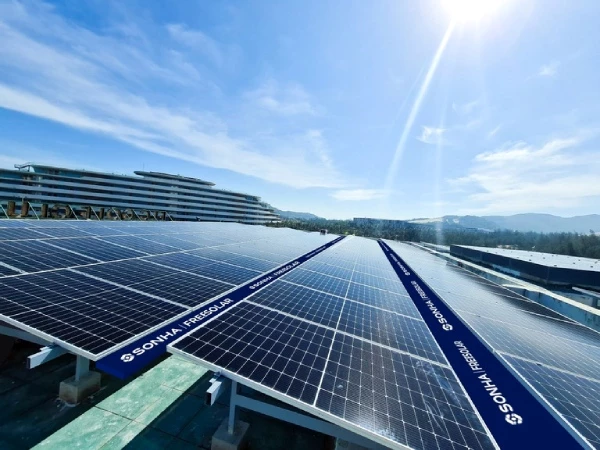
According to the Electricity Regulatory Authority, rooftop solar power directly affects the safe operation of the power system.
From a national perspective, solar power is uncertain because this source of electricity depends on solar radiation. Therefore, it is only effective during sunny hours. At night, or during cloudy or rainy hours during the day, the source of electricity from solar energy decreases to low levels or to zero. Accordingly, to stabilize the power supply, it will be necessary to invest in suitable storage sources.
For renewable energy sources (including solar power), overdevelopment will lead to capacity cuts during times of surplus.
For traditional power sources, the uncertainty of renewable energy means that the power system will have to regularly mobilize traditional power sources that can operate in an intermittent state.
Solar power is distributed on a small and very small scale. This is advantageous because the power source will be close to the load. Ideally, this power is used right at the load and not transmitted to the system.
However, with the uncertain nature of solar power, without a suitable storage system, solar power itself is not capable of supplying the needs of a normal household, no matter how much capacity is invested. A normal household will need to use electricity both day and night. At night, when the sun sets, the need for electricity for daily life is even greater.
The decentralization of solar power also has disadvantages. That is, the ability to collect data and control to serve the operation of the power system is very difficult.
In addition, the cost of balancing the power system capacity caused by rooftop solar power. Rooftop solar power investors will only be interested in the investment and installation costs of the rooftop solar power system.
But from the perspective of the power system operator and investors of traditional power plants, the development of rooftop solar power brings great concern about the overall cost of the system.
This cost comes from the need for conventional power sources to be available to meet the uncertainty of solar power sources. The dispatching unit will have to maintain a certain amount of conventional power sources operating in standby or low capacity continuously during the hours of solar power. Therefore, it must pay for the power sources to be in this state instead of paying for the electricity generated.
From the above characteristics of renewable energy, the Electricity Regulatory Authority believes that caution must be exercised in the process of developing renewable energy to promote its advantages and minimize its disadvantages.
Solar power sources should only be developed at the level of ready consumption at the load. If they are developed massively on a large scale, it will greatly affect the supply-demand balance of the power system, causing unnecessary costs.
Based on the nature and characteristics of renewable energy under current conditions, for renewable energy sources connected to the grid, only renewable energy should be encouraged to self-produce and self-consume, and renewable energy should not be encouraged (or even restricted) to be distributed to the system. Renewable energy distributed to the system is not only inconsistent with the “self-produce and self-consume” criteria but also causes additional costs for operating the power system.
Thu An
Source


![[Photo] General Secretary To Lam receives King Philippe of Belgium](https://vstatic.vietnam.vn/vietnam/resource/IMAGE/2025/4/1/e5963137a0c9428dabb93bdb34b86d7c)
![[Photo] Prime Minister Pham Minh Chinh meets with King Philippe of Belgium](https://vstatic.vietnam.vn/vietnam/resource/IMAGE/2025/4/1/be2f9ad3b17843b9b8f8dee6f2d227e7)
![[Photo] President Luong Cuong and King Philippe of Belgium visit Thang Long Imperial Citadel](https://vstatic.vietnam.vn/vietnam/resource/IMAGE/2025/4/1/cb080a6652f84a1291edc3d2ee50f631)


![[Photo] Close-up of Vietnam's sniffer dog team searching for earthquake victims in Myanmar](https://vstatic.vietnam.vn/vietnam/resource/IMAGE/2025/4/1/d4949a0510ba40af93a15359b5450df2)







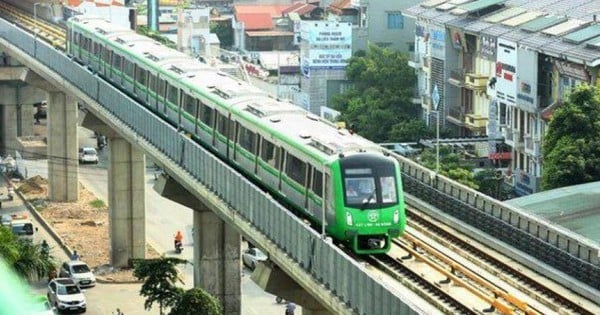



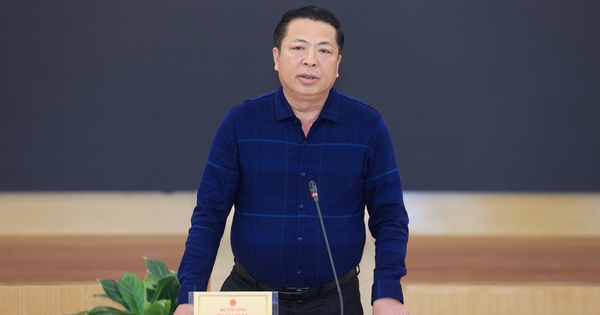








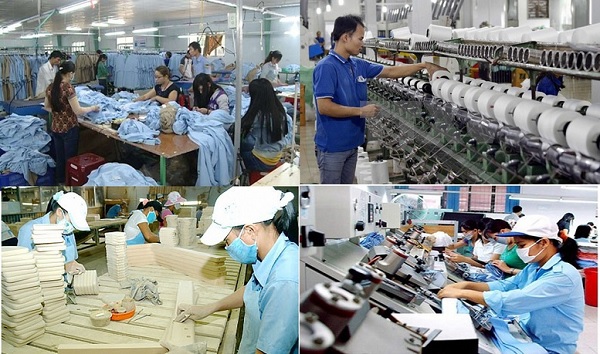
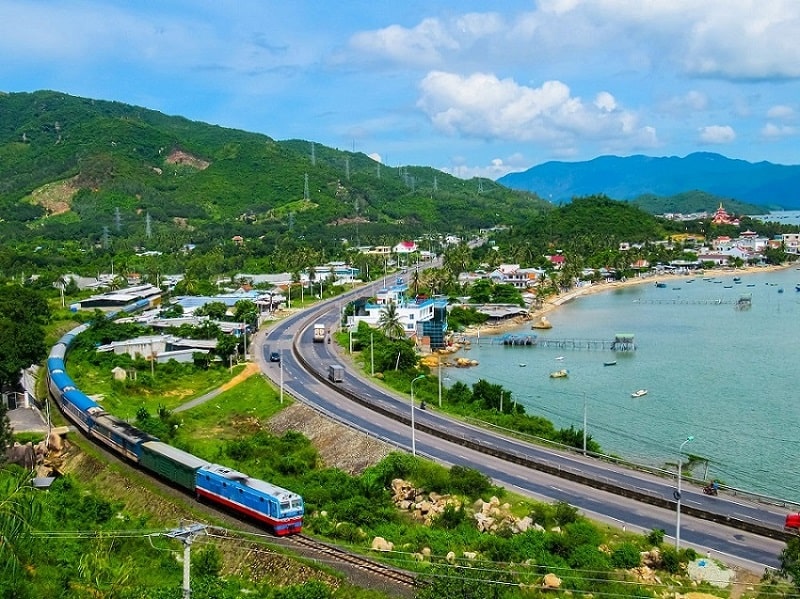




![[Photo] Myanmar's capital in disarray after the great earthquake](https://vstatic.vietnam.vn/vietnam/resource/IMAGE/2025/4/1/7719e43b61ba40f3ac17f5c3c1f03720)





























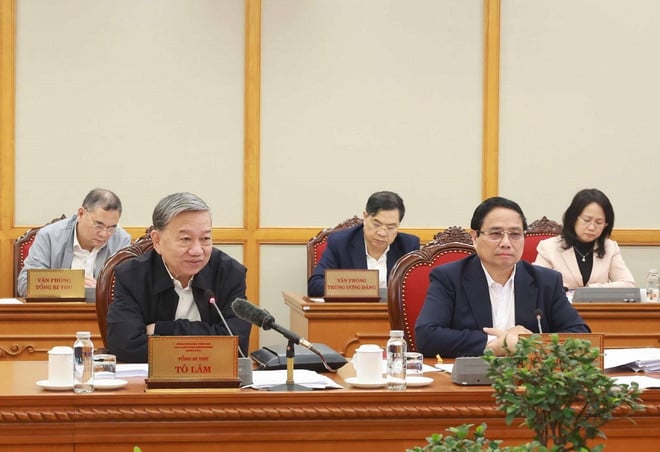































Comment (0)